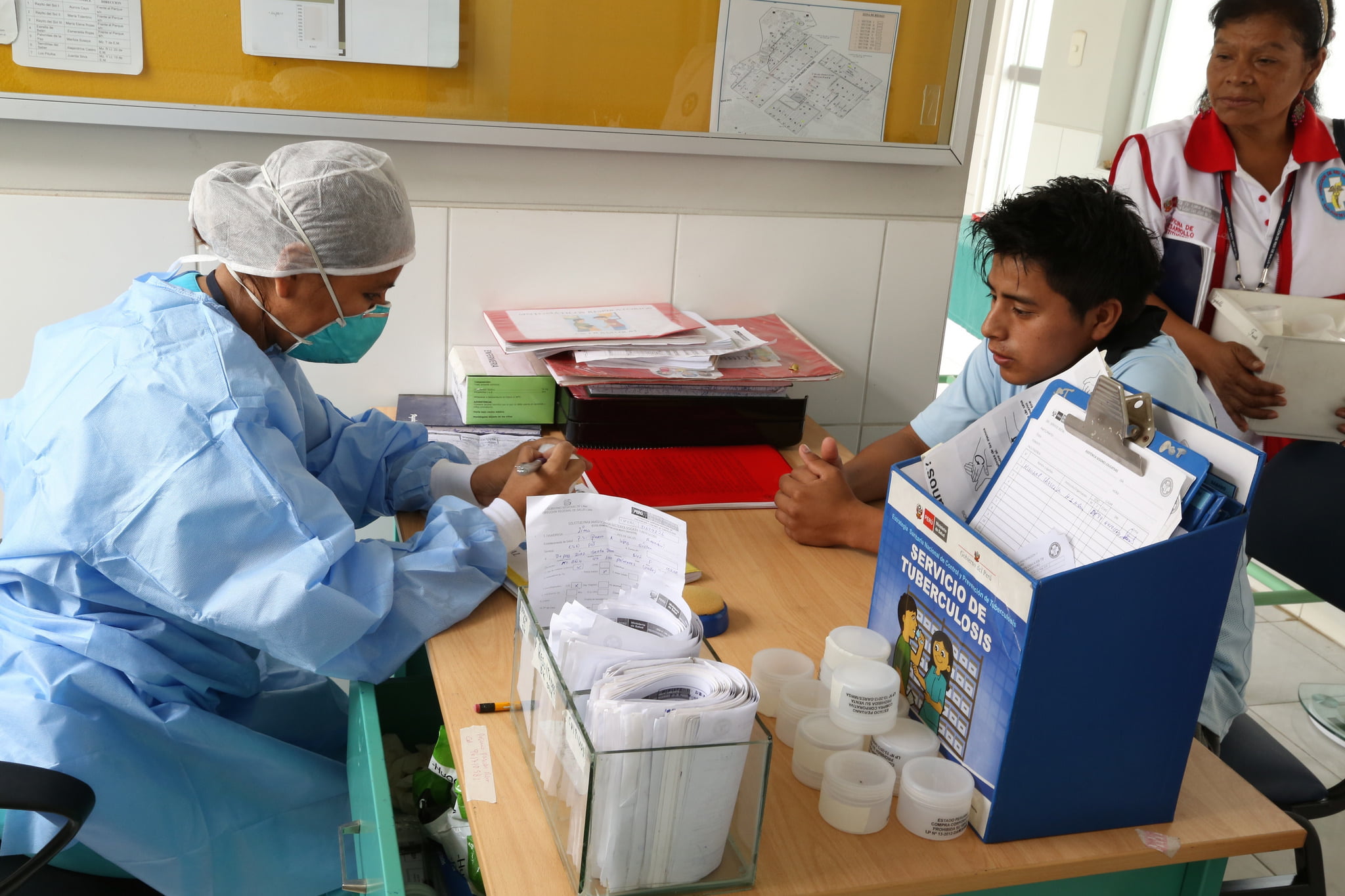By Obiefuna Arinze Austin
As tuberculosis surges and COVID-19 deaths decline, TB is regaining its status as the world’s deadliest infectious disease. The disease will kill more than 1.6 million people worldwide this year—an unspeakable injustice considering TB is preventable and curable. However, the global TB community is deploying new innovations, including telemedicine, AI-assisted diagnostics, and shorter treatment and preventive therapies, renewing hope that we can achieve the UN Sustainable Development Goal to reduce TB deaths by 90 percent by 2030.
To this end, diplomats from around the world are now negotiating a new agreement for global cooperation in the fight against tuberculosis.
It’s all in preparation for the second UN High Level Meeting on the fight against global TB, where the General Assembly will endorse a political declaration that will guide the global response to TB through 2027. As UN negotiations unfold over the next several weeks, it’s essential that the declaration’s commitments reflect the needs of people and communities most impacted by this deadly but curable disease.
And so the Stop TB Partnership, which I co-chair, convened TB survivors, representatives from TB-affected communities, front-line health workers, researchers and other experts to pinpoint the most high-leverage commitments world leaders must endorse and fulfill to end TB.
1. Fully finance the global TB response. Last year the Stop TB Partnership completed the most thorough costing exercise ever undertaken for TB. It projected that with US$249.98 billion invested in cost-effective interventions, we can end TB as a public health problem by 2030.
2. Set measurable targets. One of the biggest risks is that governments fail to set targets for success. Governments should commit to delivering treatment to 40 million people globally over the next five years. That would get treatment to more than 90 percent of people with TB, including 1.7 million people with drug-resistant TB and 3.5 million children.
3. Support comprehensive prevention. Prevention stops TB infection from developing into contagious, airborne disease. But between 2018 and 2021, only 42 percent of people needing TB preventive therapy received it. The only available TB vaccine is more than a century old and has limited effectiveness. But a promising new vaccine is now moving into late stage clinical trials thanks to a large investment by the Bill & Melinda Gates Foundation and Wellcome, contributing to the most robust TB vaccine pipeline we’ve seen in years. Advocates want to see a new TB vaccine approved by 2025.
4. Deliver care to children, adolescents, and people who are pregnant or lactating. These are historically overlooked groups who require a specialized approach to diagnosis, treatment, and support services. Standard TB diagnostics don’t work well for children, and children require different treatment regimens than adults. Despite being vulnerable to TB, only 38 percent of children with TB are diagnosed and treated.
5. Trace and care for TB contacts. “Contact tracing” became a household phrase during the COVID-19 pandemic. But few people know this approach helped reduce TB to near-elimination rates in most wealthy countries. Health workers must be supported to proactively find, screen, and get appropriate care to people who have had significant contact with a person diagnosed with TB.
6. Establish real-time data systems. The systems for monitoring global TB epidemiology are ancient, with data made available once per year. We saw real-time data systems rapidly set up and deployed to monitor COVID-19. It should be done for TB.
7. Incentivize pharmaceutical companies to collaborate. TB is unique in that treatment requires a cocktail of antibiotics. Finding new treatments requires testing drug candidates individually and in combinations. Sometimes drug candidates are owned by different drug companies. Improving collaboration, especially seeing more data-sharing agreements between drug companies, would speed the pace of developing better treatments.
8. Make diagnostics, treatments, vaccines, and other technologies universally accessible—especially when they’re developed using public research funding. Taxpayers fund 70 percent of TB research and development, yet the products of scientific research are typically held under patent by private corporations that set their own prices and determine access. Citizens have a right to benefits from this scientific research.
9. Involve TB survivors and representatives of affected communities in the TB response. There is an age-old saying in policymaking: “Nothing about us without us.” People directly affected by tuberculosis have unique knowledge that the average policymaker lacks. Decision makers must keep them at the table.
10. Integrate TB and pandemic prevention and preparedness efforts. Because of the similarities between COVID-19 and TB, many countries, from South Africa to Peru, used TB experts, diagnostic technology, and TB health facilities to respond to COVID-19. But diverting scarce these resources contributed to huge setbacks against TB. As governments work to improve pandemic response capabilities, they must consider how TB infrastructure should be used to stem future outbreaks without interrupting TB services.
Global cooperation is critical to ending TB and keeping people safe from future pandemics. If the UN High-Level Meeting on TB enshrines these commitments and mobilizes the resources to fulfill them, we can put the world on pace to end TB by 2030.
Obiefuna Arinze Austin is executive director of the Afro Global Alliance and vice chair of the Stop TB Partnership.
